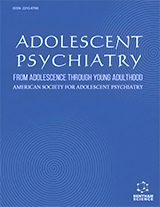Abstract
Acute myeloproliferative disease is a heterogeneous group of malignant disorders. In spite of the great variability regarding genetic and clinical aspects, all forms present common mechanisms underlying their pathogenesis: the disruption of genes tightly involved in the control of cell differentiation, proliferation and/or apoptosis. Major progress has been made to better understand such events and recurrent genetic abnormalities have been acknowledged based on both physiopathologic and prognostic relevance: t(15;17), t(8;21), inv(16)/t(16;16), in addition to mutations in the genes NPM1, FLT3 and CEBPA. These genetic alterations have identified particular subgroups of patients and their resultant aberrant proteins have become targets for drug development, intending to improve therapy efficacy and to diminish its toxicity.
Keywords: World Health Organization Classification of AML, Acute Myeloid Leukemia with Recurrent Genetic Abnormalities, Acute Myeloid Leukemia with Myelodysplasia-related changes, Therapy-related Myeloid Neoplasms, Myeloid Sarcoma, Myeloid proliferations related to Down syndrome, Blastic Plasmacytoid Dendritic Cell Neoplasm, Physiopathology of Specific Subgroups, Acute Promyelocytic Leukemia, Core-Binding Factor AML , Cytogenetically Normal Acute Myeloid Leukemia (CN-AML), FLT3-ITD AML, CEBPA mutated AML.






















